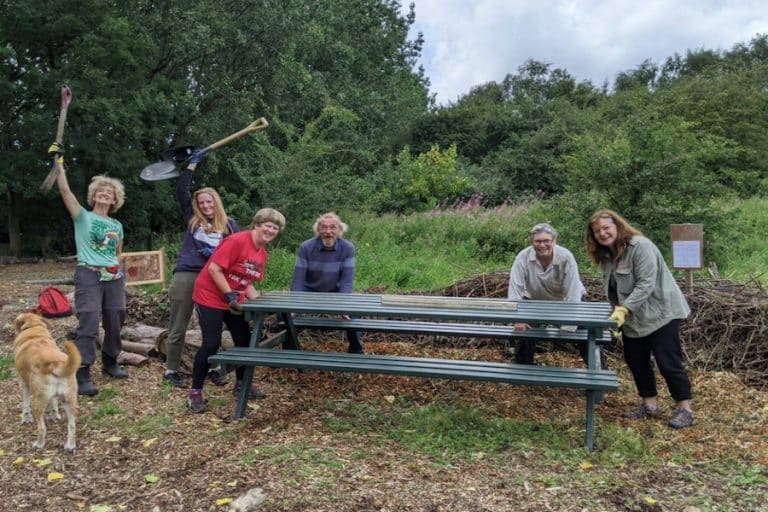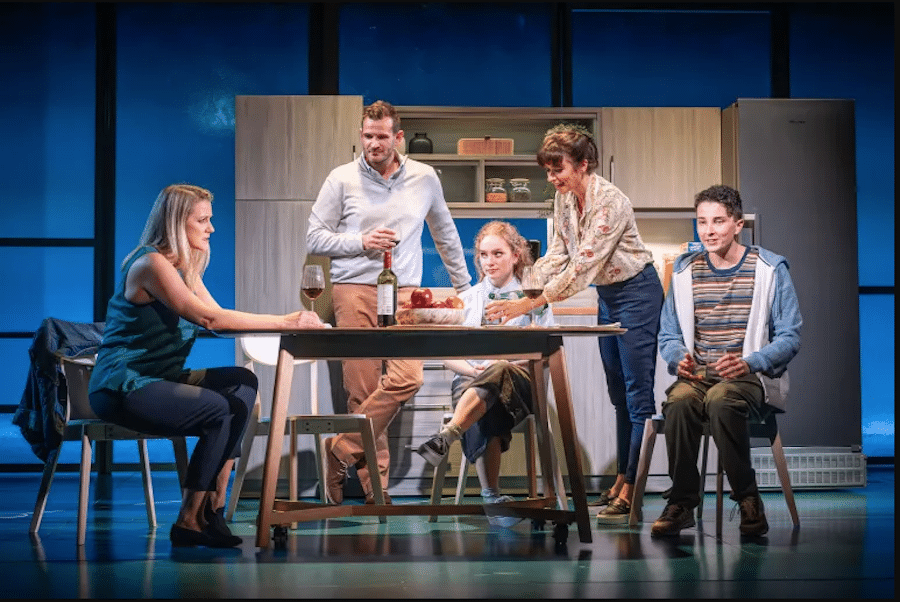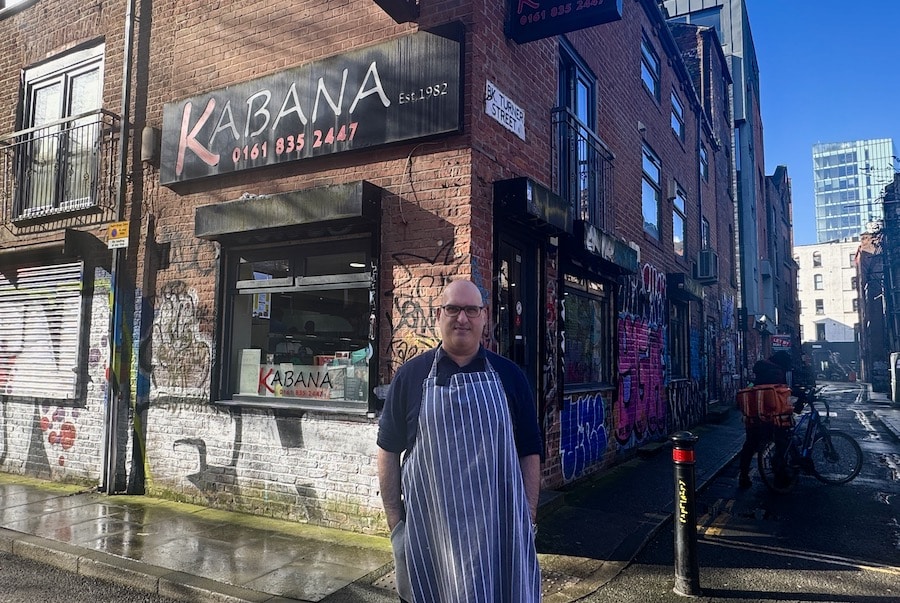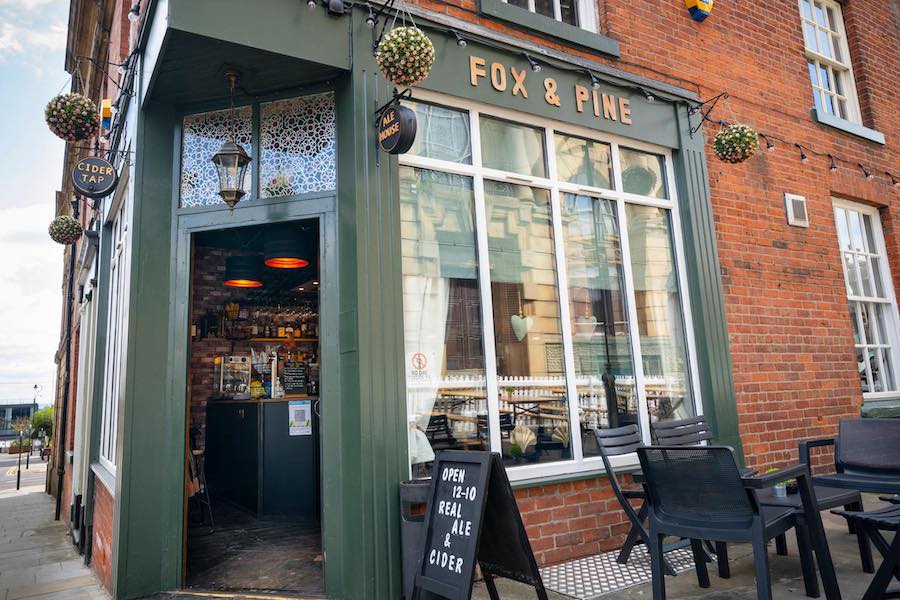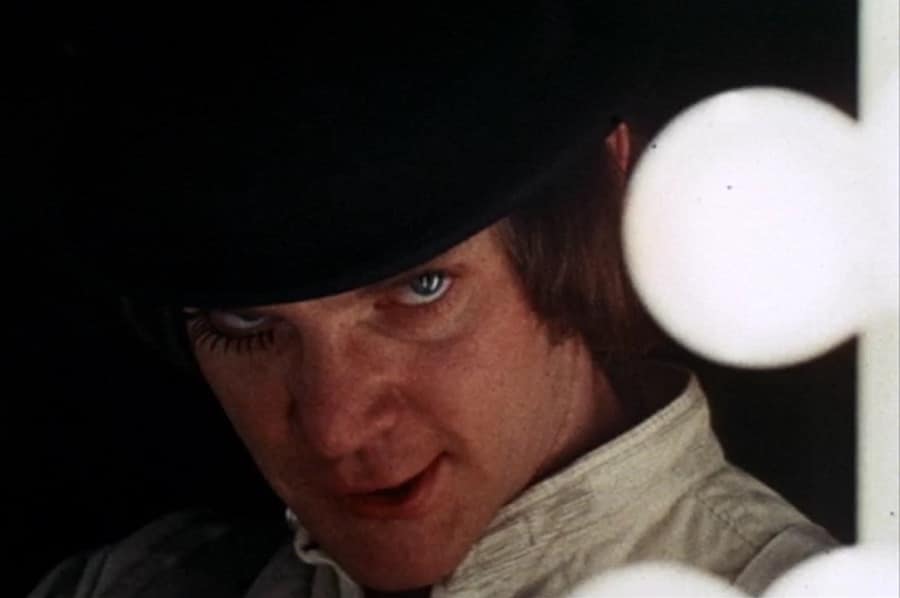New film reveals stunning multi-million-pound restoration of Science and Industry Museum
- Written by I Love MCR
- Last updated 3 years ago
- Museums

Manchester’s much-loved Science and Industry Museum has revealed new drone footage, showcasing the scale and ambition of its seven-acre restoration programme.
The multi-million-pound restoration programme, which is being delivered while the museum remains open to visitors, is underway to carry out critical restoration work to transform its Victorian buildings and create improved gallery experiences.
This includes the Power Hall, where the term ‘Northern Powerhouse’ was coined, and the 1830 Station and Warehouse – some of the world’s earliest railway buildings in the world’s first industrial city.
The film, which was created by David Bewick at Boca films, includes drone footage giving an aerial view of the site, outlining the huge footprint of the museum.
It shows the work being delivered on the Power Hall roof, which is the size of a premiership football pitch.
The 1830 Warehouse has been repointed and internal timber joists have been repaired and restored. The 1830 Station has also had roofing repairs to make it watertight.
Future plans for the 1830 Station include the development of a revolutionary railroad and locomotive experience to tell the railway story, as well as much improved learning spaces.
Research is also underway on further new galleries focusing on Manchester as a “City of Ideas” and the broader story around “Cottonopolis”.

The museum explores how ideas can change the world – from the industrial revolution to today and beyond.
Located at the site of the world’s first intercity railway, the museum is of significant heritage interest, with several grade I and grade II listed buildings occupying its seven-acre, city-centre site.
It’s located between Castlefield, the Roman heart of Manchester, and The Factory – a landmark new cultural space in the city that will open next year.
The restoration works are in addition to huge environmental improvements across the site and opening-up new spaces for visitors, such as the award-winning Special Exhibitions Gallery – now originating and hosting ground-breaking science exhibitions and experiences, including current exhibition, Amazônia.
The museum is also creating new connections through to The Factory, and the River Irwell beyond, enhancing the sense of place as this vibrant quarter in Manchester is reimagined in the coming years.
Outdoor areas are also being planted with colourful new schemes to encourage biodiversity and indoor and outdoor areas for families are being developed.
“This is a very exciting time,” says director of The Science and Industry Museum, Sally MacDonald.
“We have the honour of occupying some truly exceptional buildings, which are in urgent need of restoration.

“We are working with specialists and taking great care to transform them, addressing historic issues to conserve important details, but also looking to the future to ensure our buildings are sustainable and provide the best experiences for visitors.
“We’re carrying out a large programme of decarbonisation across the site, adopting new technologies to ensure that our buildings are standing strong and using less carbon.
“The technology we use will become part of our ongoing story as we welcome the scientists and innovators of the future through our doors to learn more about how ideas shape our world.
“What’s more, we are in a district of Manchester where we have some incredible neighbours.
“t’s our ambition that visitors can walk easily in between all these outstanding attractions, enhancing the sense of place and visitor experience.
“We’re sorry if the work causes disruption, but we are sure that the final results will be well worth it, as more visitors from our local communities and beyond can enjoy the museum and continue to be inspired by the wonder of science and industry.”
Bev Craig, Leader of Manchester City Council says: “We welcome the significant investments being made to restore and improve the Science and Industry Museum.
“What can be achieved here will bring lifelong benefit to everyone who lives in and visits the city.
“It can transform the site into a place that not just explores ideas that change the world but a museum that can itself change people’s worlds through wonder and play, and inspire curiosity, confidence, and skills.”
- This article was last updated 3 years ago.
- It was first published on 21 June 2022 and is subject to be updated from time to time. Please refresh or return to see the latest version.
Did we miss something? Let us know: [email protected]
Want to be the first to receive all the latest news stories, what’s on and events from the heart of Manchester? Sign up here.
Manchester is a successful city, but many people suffer. I Love Manchester helps raise awareness and funds to help improve the lives and prospects of people across Greater Manchester – and we can’t do it without your help. So please support us with what you can so we can continue to spread the love. Thank you in advance!
An email you’ll love. Subscribe to our newsletter to get the latest news stories delivered direct to your inbox.
Got a story worth sharing?
What’s the story? We are all ears when it comes to positive news and inspiring stories. You can send story ideas to [email protected]
While we can’t guarantee to publish everything, we will always consider any enquiry or idea that promotes:
- Independent new openings
- Human interest
- Not-for-profit organisations
- Community Interest Companies (CiCs) and projects
- Charities and charitable initiatives
- Affordability and offers saving people over 20%
For anything else, don’t hesitate to get in touch with us about advertorials (from £350+VAT) and advertising opportunities: [email protected]

What is the legacy of Manchester’s most controversial (and maybe best) novel?

Big Issue, bigger heart: Manchester comes together for Colin
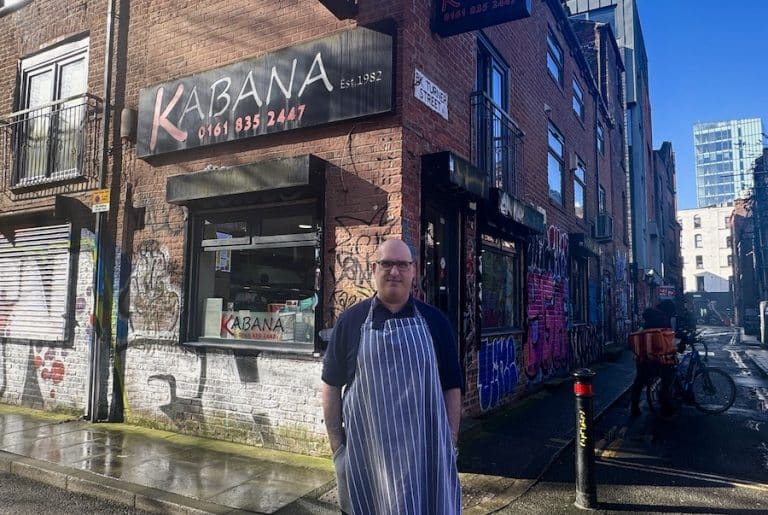
Why generations of Mancunians have loved Kabana for over 40 years


